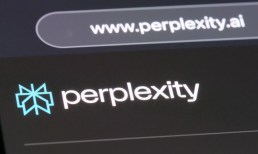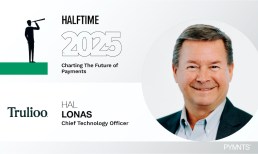In the PYMNTS Intelligence report “Instant Payouts: The New Paycheck for a Real-Time Economy,” a collaboration with Ingo Payments, responses from more than 4,000 individuals indicated that digital wallets and debit cards are becoming the new direct deposits.
Overall, 72% of consumers received at least one instant payment in the last year. Drilling down a bit, 41% of recipients now cite an instant payment method as their most-used way to get paid. This is nearly double the 21% share recorded in 2020 and indicates a growing reliance on instant payments among a large user base, rather than just a wider adoption rate.
The Changing Expectations
For many, the expectation is no longer to wait days for a bank transfer to process, especially for loan disbursements or payments from marketplaces and platforms to gig workers, freelancers and content creators. Individuals increasingly want — and often need — to be paid immediately.
The shift is impacting how different income groups receive their money.
The data hints at the rise of the “new paycheck” economy. More than 1 in 5 disbursement recipients rely on these payouts as their primary source of income, while another 41% consider them important supplemental income. For one-third of millennials, income from gig work and tips is essential, effectively replacing traditional regular paychecks.
Diverse Income Streams
Consumers are earning income in diverse ways, from selling goods online to driving for rideshares or receiving insurance payouts and personal loans. Regardless of the source, there’s an expectation and often a genuine need to receive this money instantly. For freelancers and side hustlers without predictable pay cycles, waiting for payments can mean falling behind.
This reliance on instant payments is especially pronounced across generations. Generation Z is making instant payments the default method. For a generation that often lacks fixed paychecks and has little patience for time lags, the reliance on instant payments has become table stakes.
For consumers who rely on these ad hoc payments for their core income — the core cashflow group — instant payments to digital wallets are the most popular method, at 20%. This is followed by real-time bank account deposits at 16%, and push-to-debit or push-to-credit cards at 11% and 4.4%, respectively.
The report found that 30% of core cashflow recipients received payments through push-to-debit and digital wallets combined.
Willing to Pay
Core cashflow recipients are 74% more likely to receive payments instantly and demonstrate a higher willingness to pay for instant services. Six in 10 consumers who depend on regular disbursements as a primary income source would pay to get their money instantly, which is four times the rate of those receiving occasional payouts. This illustrates that the more urgent the need, the more valuable the speed.









